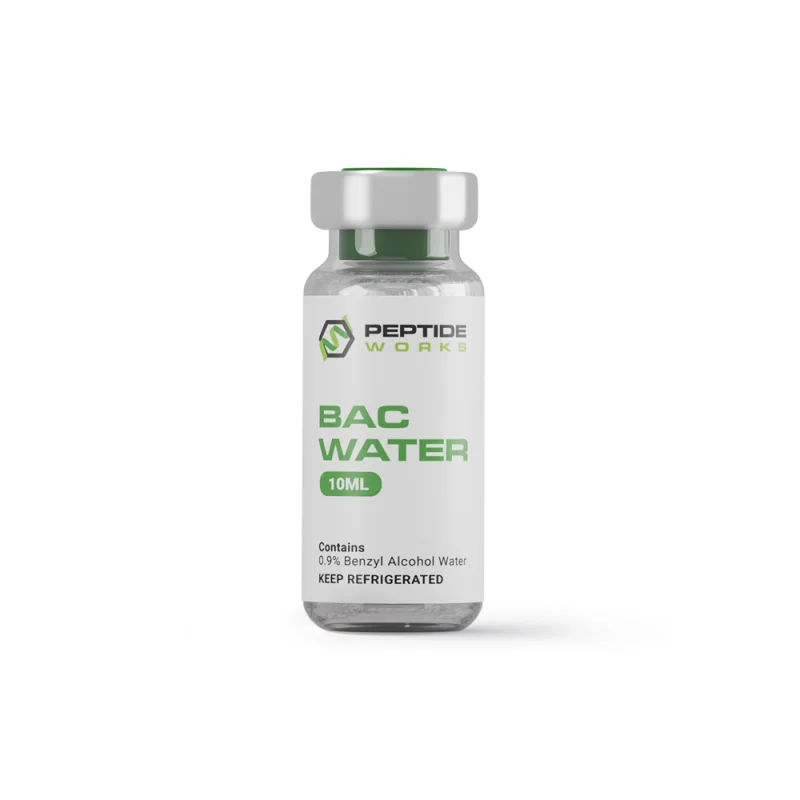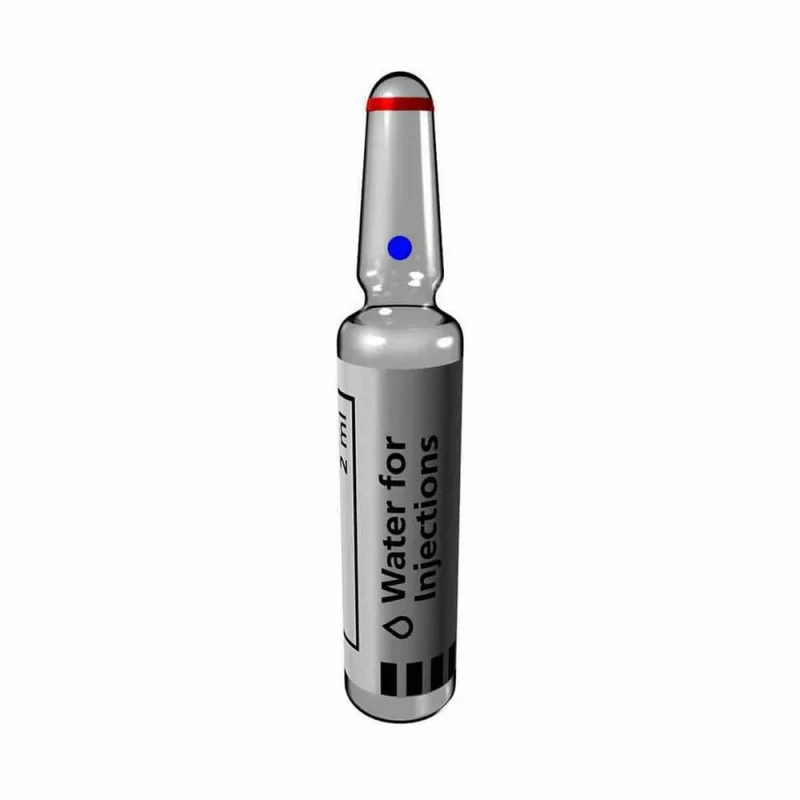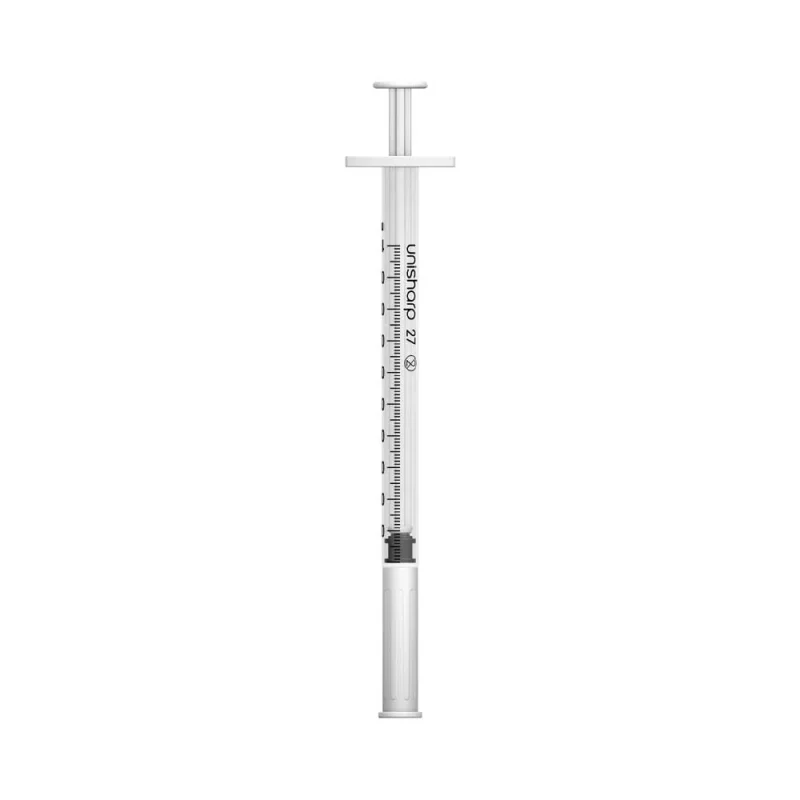PROMO!
First order? Get 10% OFF with this code: 1storder
Peptide reconstitution is the process of turning a dry, lyophilised peptide into a liquid form suitable for research use. When a peptide is freeze-dried, it becomes a light, stable powder that stores easily and stays protected from moisture. This makes long-term storage possible, but the peptide cannot be used in studies until it is mixed with a suitable solvent. Reconstitution changes this dry material into a smooth solution that behaves consistently during testing.
When you add the solvent, the peptide begins to dissolve and becomes workable again. This step requires a steady approach so the powder absorbs the liquid evenly and maintains its structure. The goal is to create a clear solution with a concentration that fits your project. A well-prepared solution supports accurate measurements and predictable results, which are important in any research workflow.
Reconstitution bridges storage and application. It transforms a preserved powder into a ready-to-use liquid that fits smoothly into laboratory procedures and supports reliable outcomes.


Peptide reconstitution provides a form of the peptide that meets the demands of laboratory work. The dry form supports long-term storage, but most research methods rely on liquid solutions with defined strengths. When you perform peptide reconstitution, you create a workable sample that you can measure, dilute, and control with accuracy. This helps you set clear starting conditions and keep your methods consistent across different runs or experiments.
A liquid form also improves handling during routine steps. You can pipette the solution, split it into small aliquots, and keep each portion ready for planned procedures. This keeps your workflow organised and reduces the chance of variation that may occur when working with dry material. A well-prepared solution supports reliable comparisons, whether you repeat a study or run several samples side by side.
Reconstitution acts as the step that connects long-term stability with active scientific use. It gives you a steady, uniform solution that aligns with standard lab practices and supports results that remain clear, consistent, and dependable.
Solvent choice plays an important role in how smoothly a peptide dissolves and how stable the final solution remains. Many researchers begin with sterile water, as it provides a clean, neutral base that promotes even dispersion across a wide range of peptide sequences. It works well when the peptide carries a balanced charge and dissolves without extra support. When a sequence dissolves more slowly or shows minor resistance, bacteriostatic water can provide an alternative option that supports short-term stability during routine preparation.
Some peptides contain hydrophobic regions that do not respond well to water alone. In these cases, researchers sometimes use a very small amount of an organic solvent to loosen the dry material before completing the process with sterile or bacteriostatic water. This approach helps the peptide enter a liquid form without placing stress on the sequence.
Selecting the proper solvent allows the peptide to settle into a uniform, reliable solution. This supports accurate measurements and steady performance throughout laboratory workflows.

Most reconstitution issues relate to how the peptide interacts with the chosen solvent. A cloudy solution or slow dissolution often means the solvent is not ideal for the sequence. Adjusting the solvent type or pH usually improves clarity. Some peptides require extra time at room temperature to dissolve and gentle swirling helps the solvent reach any remaining material. Avoid shaking, as this can introduce bubbles and slow visual checks.
Temperature also influences dissolution. Cold solvent may cause uneven mixing, while room-temperature conditions support smoother dispersion. If the solution remains unstable, check storage practices or prepare a fresh aliquot. Most issues resolve with minor adjustments, steady handling and a controlled work environment.
Peptide-Works supports researchers by providing peptides that reconstitute smoothly and behave predictably in the lab. Each product is prepared with a focus on stability and consistency, which helps reduce issues during mixing and early handling. This reliability allows researchers to stay focused on their workflow rather than troubleshooting basic preparation steps.
Clear information and dependable materials also help maintain accuracy across repeated studies. When the peptide dissolves cleanly and stays stable in solution, researchers can apply the same conditions with confidence. This consistency supports strong data quality and builds a more efficient working environment.
By offering high-quality peptides supported by practical guidance, Peptide-Works helps researchers maintain clarity, control, and steady performance in their daily laboratory work.
ALL CONTENT AND PRODUCT INFORMATION AVAILABLE ON THIS WEBSITE IS FOR EDUCATIONAL PURPOSES ONLY.
DISCLAIMER: These products are intended solely as a research chemical only. This classification allows for their use only for {name} research development and laboratory studies. The information available on our Peptide Works website: https://peptide-works.com/ is provided for educational purposes only. These products are not for human or animal use or consumption in any manner. Handling of these products should be limited to suitably qualified professionals. They are not to be classified as a drug, food, cosmetic, or medicinal product and must not be mislabelled or used as such.